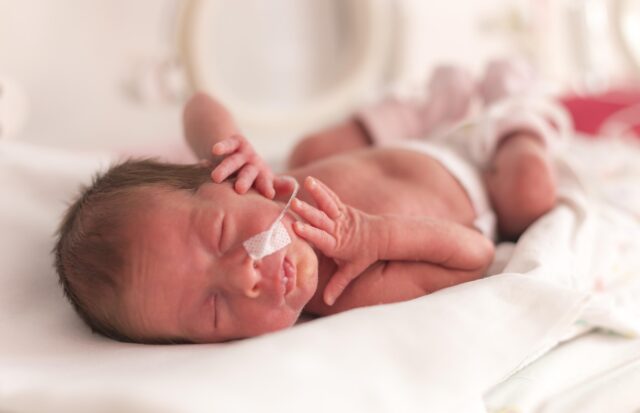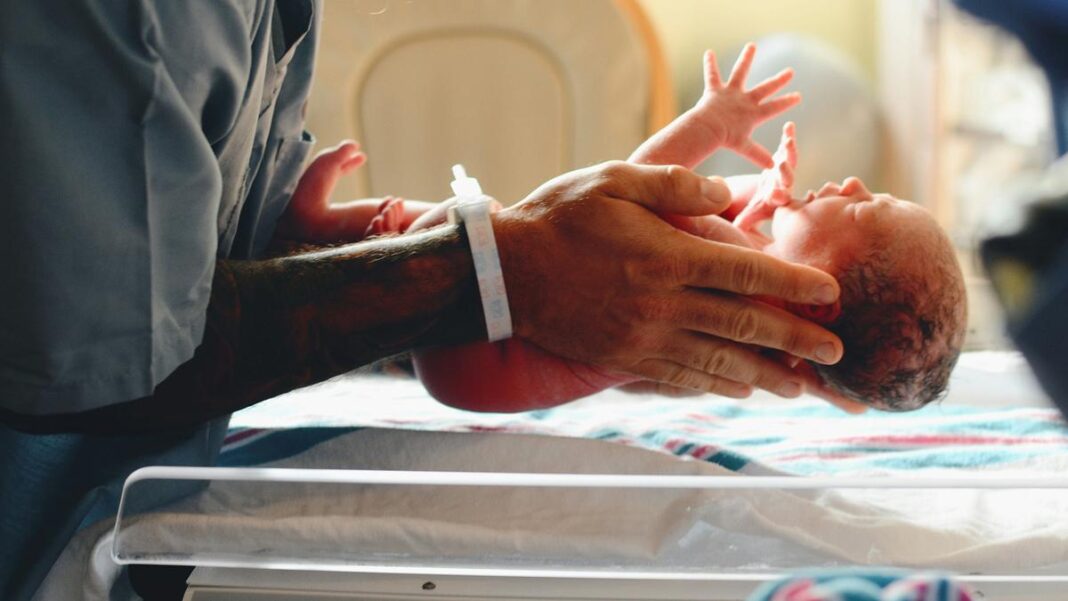Despite notable progress in reducing low birthweight (LBW) across India over the past 30 years, Uttar Pradesh, Bihar, Maharashtra, and West Bengal together account for nearly 50% of low birthweight babies in the country, reveals new research published in BMJ Global Health.
Low birthweight, defined as a birthweight under 2.5 kg, is a key indicator of maternal and child health. It often reflects maternal undernutrition, anemia, infections, and inadequate prenatal care, and is associated with poor cognitive development and increased risk of chronic diseases in adulthood.

To map the national and state-level trends, researchers analyzed data from five rounds of the National Family Health Survey (NFHS) conducted between 1992–93 and 2019–21. The data included responses from women and girls aged 13 or 15 to 49 and covered a total of 626,087 live births. Among these, 440,200 newborns (just over 70%) were weighed at birth, while 165,073 (26.5%) were not. Additionally, 614,428 infants (98%) were assessed for size subjectively by their mothers.
The number of recorded births rose significantly—from 48,959 in 1993 to 232,920 in 2021—with the proportion of weighed babies increasing from 16% in 1993 to 90% in 2021. Overall, the national average of low birth weight fell from 26% in 1993 to 18% in 2021, with the state-level average dropping from 25% to 16% across the five survey waves.
In 1993, Rajasthan (48%) and Chhattisgarh (42%) reported the highest low birth weight prevalence, while Mizoram (6%) and Nagaland (11%) had the lowest. By 2021, Punjab and Delhi topped the list at 22%, whereas Mizoram (4%), Nagaland (5%), and Manipur (7%) maintained the lowest rates.
However, disparities remain stark. The 2019–21 survey estimated that 4.2 million babies were born with low birthweight in a single year—47% of them from just four states: Uttar Pradesh (858,000), Bihar (430,000), Maharashtra (399,000), and West Bengal (318,000). These same states also accounted for half of the 2.5 million babies born smaller than average size as reported by their mothers.
The data further show a clear socio-economic gradient. Babies born to women with no formal education and from the poorest households were significantly more likely to have low birthweight or be smaller than average. Moreover, children who were not weighed at birth—a group more likely to include Low Birthweight babies, were often born outside health facilities, highlighting gaps in healthcare infrastructure.
The researchers observed a trend of convergence, with states having higher Low Birthweight rates in 1992–93 achieving faster reductions. Still, the findings offer crucial insights into maternal and child health progress in India.
The study concludes that while national progress is encouraging, persistent regional disparities demand focused policy attention. Strengthening maternal nutrition programs, improving access to quality antenatal care, and enhancing data collection at birth are critical to further reducing low birthweight rates and ensuring equitable maternal and child health outcomes across India.




